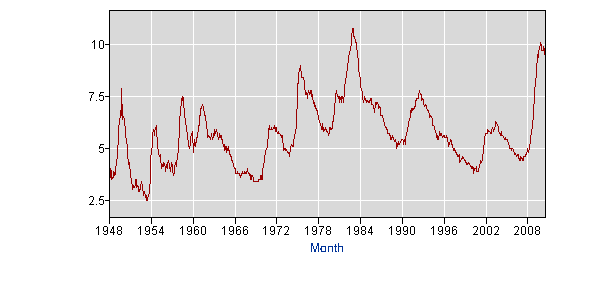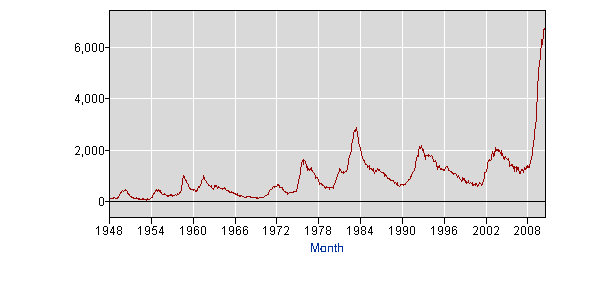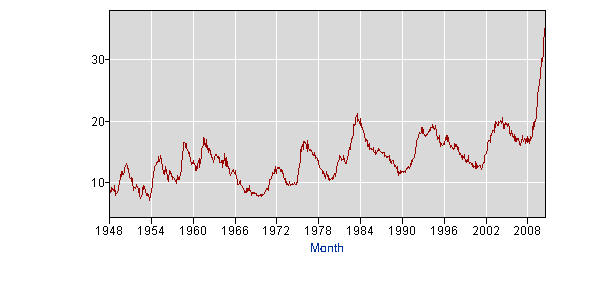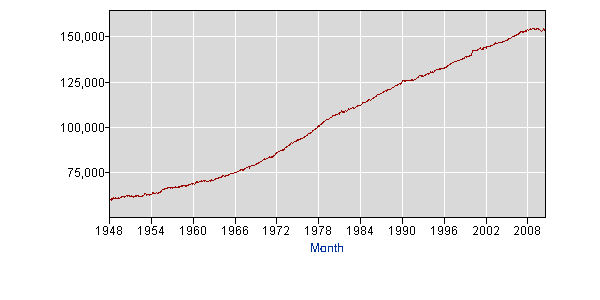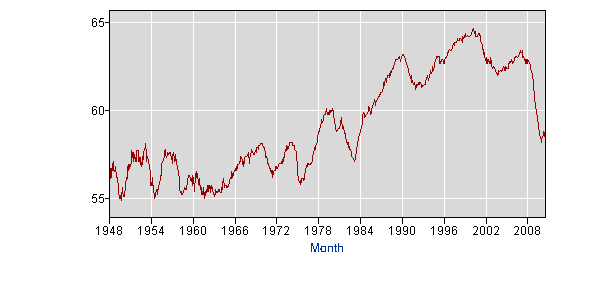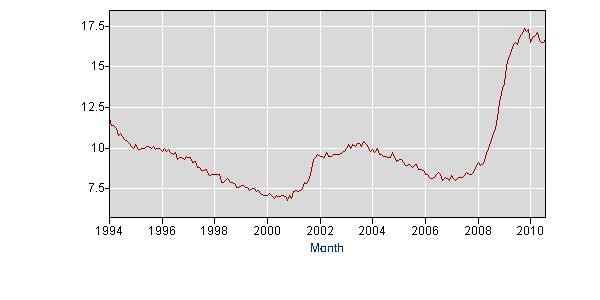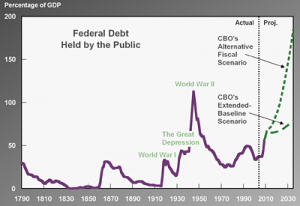Datacenters, stock exchanges and jobs.
 We’ve been thinking about the potential for job creation in the current crew of technology companies, spurred along by some despondent Op-Eds. Felix Salmon wrote earlier this week:
We’ve been thinking about the potential for job creation in the current crew of technology companies, spurred along by some despondent Op-Eds. Felix Salmon wrote earlier this week:
Dorian Taylor sent me a thought-provoking email this morning which said that one of the reasons we’re seeing fewer companies tap the equity capital markets is that we’re in a phase where all of the buzz and excitement is in what he characterizes as “networked information services.”
“Relatively speaking,” writes Taylor, “these companies don’t really need a huge amount of capital at any given time because they aren’t buying stuff with it; they aren’t making or building or physically shipping anything.” (Yes, I know that datacenters are expensive, but this is broadly true).
The last line struck a chord. Back in 1997, I worked at a technology startup and it took an immense amount of effort and expense to reliably maintain networked machines for our high-traffic website. Times have changed a lot since. The typical new startup can now lease compute time and disk space on Amazon’s datacenters, which have significant excess capacity built to cope with demand during the holiday season. There are many competing service providers that offer a similar set of hosting services. On these platforms, individual virtual machines which include all the well-known open-source tools required to run or build a feature-rich website or app service can be deployed within minutes.
In most cases, you pay as you go for these services, and a simple website/app might end up paying a few dollars a month for enough capacity to serve thousands of users a day. Add a few Google ads and they might be cash flow positive on day one. Better still, you can scale up on-demand by adding more virtual machines. All of this has made building, deploying and expanding web-based services far simpler than it used to be. It’s a far cry from the dedicated hosting agreements and thousands of dollars a year it used to take to set up a website. As a friend remarked during a recent conversation, most web-based software/service startups now only require “sweat equity”. The point is that most startups, and many mid-sized firms, will not be building their own datacenters, nor should they. Only the largest of web-based services and sites with tens of millions of users need to maintain dedicated datacenters.
Felix Salmon kicked off this thread with a NYTimes op-ed titled Wall Street’s Dead End, which is worth a read simply because it’s so provocative. The op-ed was a comment on the NYSE-Duetsche Bourse merger. Felix thinks the stock market is largely irrelevant, partly because
the companies in which people most want to invest, technology stars like Facebook and Twitter, are managing to avoid the public markets entirely.
While we think the article is thought-provoking, it suffers from a number of blind spots. First, many major businesses through the years have been privately held for extended periods. Cargill, Mars and Ikea are just a few of the many examples where founding entrepreneurs have succeeded in retaining equity control over their companies for extended periods of time. Many investors would have been ecstatic to have the opportunity to be part-owners of these businesses, just as many are salivating at the prospect of investing in Twitter. Arguably, certain types of businesses simply shouldn’t be public, investment banks and commodity traders are the obvious examples.
Second, many ordinary people do have exposure to private companies, generally through a pension fund that has a private equity or venture capital investment. Some ordinary folks are employees at the web darlings of today, and they have even more direct exposure to these companies.
Lastly, the IPO market is a poor measure of quality capital creation by the public capital markets. Ever since the South Sea Bubble, IPO crazes have signaled an unhealthy, manic capital markets. It is only during times of public mania that public market investors will gorge themselves on equity investments in unproven business models. In ordinary times, these companies have to raise capital from friends, family and astute private investors willing to finance ventures. There’s a good reason, for every Facebook, there is a Friendster, often a MySpace, and countless others that fail. In non-manic times, investor capital in the public equity and bond markets is rightfully allocated to companies with viable, sustainable business models. These companies are actively raising debt and equity capital today.
Which brings me to another NYTimes op-ed, this one written by David Brooks titled The Experience Economy in which he writes:
As Cowen notes in his book, the automobile industry produced millions of jobs, but Facebook employs about 2,000, Twitter 300 and eBay about 17,000. It takes only 14,000 employees to make and sell iPods, but that device also eliminates jobs for those people who make and distribute CDs, potentially leading to net job losses.
In other words, as Cowen makes clear, many of this era’s technological breakthroughs produce enormous happiness gains, but surprisingly little additional economic activity.
The assertion Brooks’ is making will resonate with many, but is near-sighted. Technological progress has ever been about employing ideas to use resources more efficiently and open up possibilities. When the first farmer hitched up an ox to a plough he/she put more than a few people out of their regular jobs hoeing the fields. The successive rise of the steam, internal combustion and electric engines as the transport technologies of choice disrupted many, many existing businesses. Using fossil fuels, these new transport technologies spread and many buddy-whip makers, horse-handlers, stable-owners and carriage-drivers were undoubtedly put out of work. The specialized, advanced skills they had learned suddenly became less valuable. Yet few of us would clamor for a return to the days when city streets were over-run with horse manure, or when travel between New York and Philadelphia took a couple of days.
Just as the industrial revolution allowed us to make and move a far larger quantity of goods with less human effort, networks and computers are allowing us to move far greater and more varied bits of information around. Technological advances will always continue to disrupt many lives and livelihoods. For many these will be extremely painful experiences. Yet, in the end these advances will change the way we do things, and all of us will be led to them, as if by an invisible hand because the new ways are better, more convenient or more efficient.
Facebook’s existence and its 2,000 employees does not condemn the rest of us to lives of fruitless unemployment. Last week, a Search Engine Optimization company called me to ask whether we could use their services. This is a business that did not exist 15 years ago. What matters most is that Internet search is a lot better than trying to find a business or service in the yellow pages. The hoe has been replaced with the plough. And maybe, just maybe some of the folks who used to sell ad-space in the yellow pages will find work at SEO firms.



